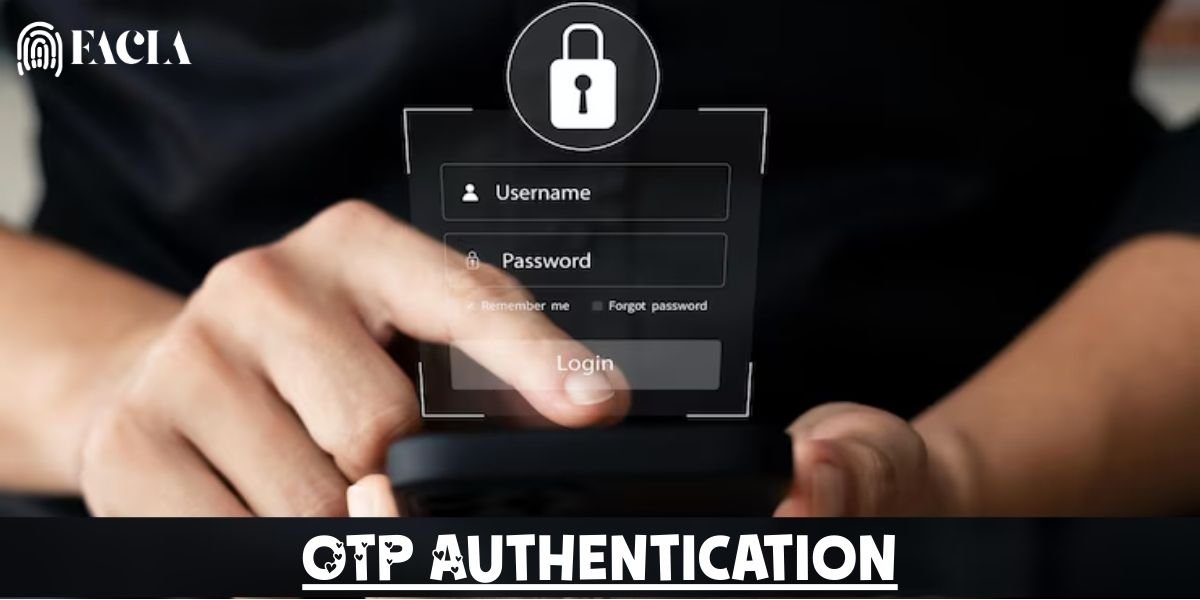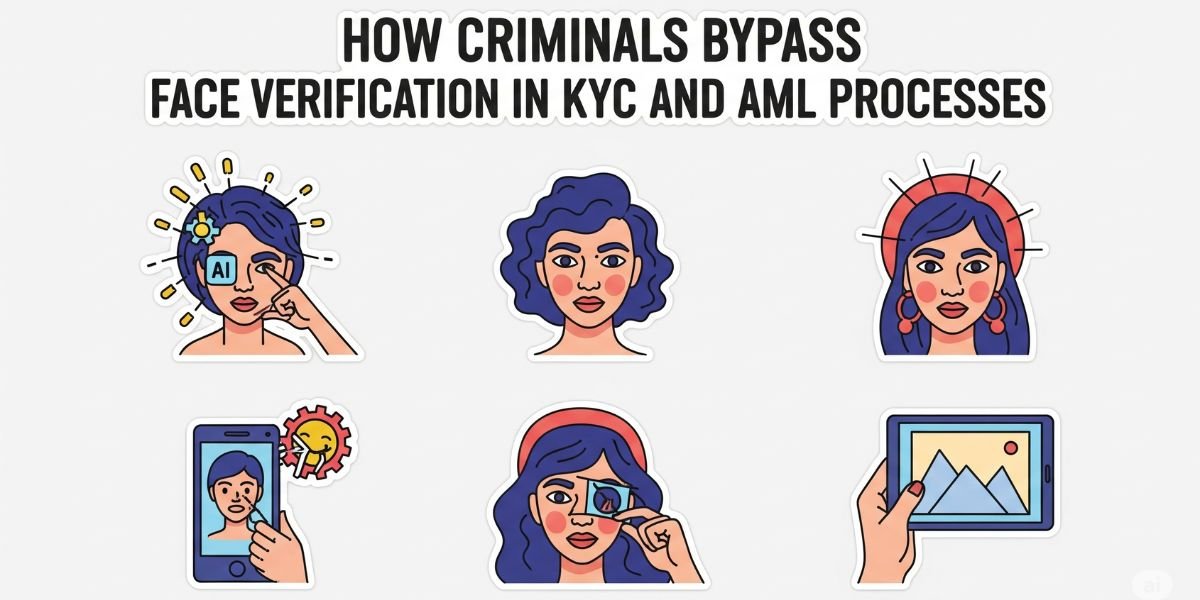OTP authentication, as a component of two-factor authentication (2FA), has gained popularity in the banking, finance, and fintech sectors since the 2000s. It offers extra security for each online transaction by requiring OTP verification for every session.
Like other authentication methods, the OTP code also comes with vulnerabilities. Some cyber threats, e.g., phishing, social engineering, and SIM Swap attacks, are continuously growing. This raises a concern about OTP authentication’s reliability and security.
This article will discuss OTP authentication, its types, its applications, benefits, and potential security risks. Let’s dive in!
What Is OTP Authentication?
OTP (one-time password) is commonly used with other authentication methods for secure MFA authentication. An OTP, an automatically generated numeric or alphanumeric sequence, is only valid for a single login session or transaction. Its single use eliminates the risk of loss or theft. Rather than solely relying on a username and password, an OTP provides a secure enhancement to MFA. The OTP code is based on a user’s possession and is used as proof in MFA since users receive it on their device.
Explore More:
| What is facial recognition? A guide to understanding technology | Synthetic Identity Fraud: Key Methods of Fraud and How to Detect It |
| What Is NFC Enabled Passport Verification? Working Methods & Benefits | What is CIAM? Definition, Features, Working, & Use Cases |
How Does OTP Authentication Work?
The app sends an OTP to the user as part of MFA when they log in or start a transaction. This OTP is sent to the user’s device via SMS on the SIM, email, or WhatsApp as a text message or audio message. Usually, the OTP consists of 6 numeric or alphanumeric characters. Each login session or transaction generates a unique OTP that expires immediately after use.
The user copies this OTP from the device they received. Then, they either paste or type the OTP into the required field in the app. If the OTP matches, the login or transaction is successful. Otherwise, the user can click on the “Resend New OTP” option to request a new code.
An OTP code loses its validity after use. You must generate and verify a new OTP to perform another action.
The Two Core Algorithm-Based Methods in 2FA
Time-based One-time passwords (TOTP)
Time-based One-time Password (TOTP), as its name uses an algorithm to generate the OTP for a set period. It typically needs to be used within 30 to 240 seconds; otherwise, it expires. In this way, the temporary password is stronger than a static OTP.
However, enterprises must ensure that the user receives the TOTP as quickly as possible so that they can complete verification before the time expires. For this reason, it is important to ensure that a reliable internet speed is available in the areas where TOTP is being used.
HMAC-based One-time Password (HOTP)
In HOTP, the “H” stands for HMAC, which means Hash-based Message Authentication Code. The HOTP algorithm uses a counter number (like 1, 2, 3…) instead of time. Whenever a user requests a new code, the counter increases, and a new password is generated. Until the user uses it or generates another new code, this password remains valid.
The HOTP algorithm depends on two elements:
- A seed key, which is a secret number known only to the user’s device and the server.
- A counter number increases in value with each request.
Together, these two create a unique OTP that remains valid until the user uses it or requests a new one.
Types of OTP Authentication Based on Delivery Method
Depending on how the user receives the OTP code, OTP authentication methods can differ. Each delivery method has its style, security level, and limitations. Based on these methods, OTP authentication can be categorized into the following types:
1. SMS-Based OTP
This method sends the OTP code via SMS to the user’s registered mobile number. This approach is the most widely used method because it doesn’t require any additional app or service. It is quick and easy to use. However, this method is vulnerable to security risks like SIM swap attacks.
2. Email-Based OTP
In this method, the OTP code is sent to the email ID registered by the user. The user can go to their email inbox, retrieve the OTP code, and use it for verification. Users who frequently check their emails may prefer this method. However, it is recommended to enable MFA on your email as well to prevent attackers from accessing your email account.
3. Voice Call OTP
With the voice OTP method, an automated voice call is made to the user’s phone number, and the OTP code is spoken aloud. This type of authentication is a good option for users who don’t have access to SMS or the internet. The code is sent via voice message, so it’s reliable, but ensure no one else hears it.
4. Messaging App OTP (WhatsApp, Telegram, etc.)
Nowadays, many platforms send OTPs through encrypted messaging apps like WhatsApp or Telegram. This method is more secure than standard SMS-based delivery; encrypted messages are much harder to intercept, making this option more secure.
5. Authenticator App OTP
Apps like Google Authenticator or Microsoft Authenticator generate OTPs directly on the user’s device. These OTPs typically change every 30 seconds. These apps work offline without requiring an internet connection and are highly secure because attackers cannot access the code unless they have physical access to the user’s device.
What are One-Time Passwords Used For?
The OTP (One-Time Password) is a smart security measure used wherever sensitive information is involved or financial transactions are conducted. Its most important feature is that it generates a new code each time, which is valid for only a few seconds or a single use. This means that even if a hacker obtains your password, they cannot access your account without the corresponding OTP.
The use of OTPs is not limited to banking transactions—they are also widely used in online shopping, account logins, password resets, app verifications, and even in applications such as WhatsApp. The core purpose of OTPs is to authenticate that you are the rightful user—the person who owns the registered device or number to which the code is sent. In today’s digital age, OTPs are more than just codes; they serve as the first line of defense in protecting your digital identity.
Which Industries Most Commonly Use OTPs for MFA?
In industries where data privacy and security are paramount and compliance with regulations is deemed essential, OTPs have found widespread acceptance. The following are the key areas where OTP-based multi-factor authentication is being used:
Healthcare
Hospitals and healthcare providers use OTPs to manage employee access to patient records and sensitive systems. By ensuring only authorized personnel access protected health information, OTPs also provide a means of compliance with regulations such as HIPAA.
E-commerce
Online retailers use OTPs to protect customer accounts, block unauthorized purchases, and secure payment information. It adds an additional layer of security while logging in, checking out, and recovering a password—making online shopping safer for everyone.
Government
Government agencies use OTPs to protect citizen-facing portals and online services from unauthorized access and internal databases. For instance, departments that administer taxes, like the IRS, utilize OTPs to verify the identity of users trying to access sensitive records illegally.
Finance & Banking
Banking and financial institutions use OTPs for account login and transaction approval. They are an important component in the recognition of unauthorized operations, thereby making them one of the key lines of defense against fraud.
Information Technology (IT)
Big tech companies integrate OTPs into their authentication scheme for their employees and users. The IT world being attacked by cyber threats makes OTPs a trustworthy line of defense against unauthorized access to the system.
Key Benefits of OTP Authentication
One-Time Passwords (OTPs) offer an added layer of security through Multi-Factor Authentication (MFA) to protect user identities and sensitive data. Here are some key benefits of OTP in modern authentication:
Prevention of Reuse and Replay Attacks
Passwords do not expire, while OTPs do after a single use. This implies that intercepting an OTP does not allow for its reuse. Due to the one-time nature of OTPs, they are highly effective against replay attacks and help minimize the window of opportunity for an attacker to act.
Unpredictable and Hard to crack.
Cryptographic algorithms involving randomness or time variability generate OTPs. Hence, they are almost impossible to guess or predict, especially in contrast to passwords that are frequently reused or easy to crack. In some scenarios, the additional logic of partial input (like “enter digits 3 and 5”) makes them even stronger.
Protection Even if Passwords Are Leaked
An attacker cannot log into a user’s account without an OTP, even if they have obtained the user’s password. This significantly reduces the threat of account compromise in scenarios where valid credentials are leaked or reused across platforms.
Flexible and Easy to Implement
The various channels through which OTPs may be delivered—SMS, email, authenticator apps, or hardware tokens—make them a versatile option for organizations of all sizes. They do not require end users to remember anything new, and the basic tool, usually a smartphone, is already in widespread use.
Boosts Trust and Compliance
By employing an OTP system, companies demonstrate a commitment to protecting customer data. This boosts customer trust and helps fulfill regulatory requirements for secure authentication in industries such as banking, healthcare, and e-commerce.
Potential Security Risks of OTP Authentication
We can trust one-time passwords enough to include them as one layer in a multi-factor authentication scheme. But they are not without their flaws. New-age cyberattacks can target OTPs sent via SMS or email in particular. Here are some of the common risks that organizations and users should be aware of:
SIM Swap Scams
In SIM swapping, attackers manipulate cellular carriers to have the target’s phone number transferred to a new SIM card—in other words, one that the attacker controls. Once the number is hijacked, any OTPs sent via SMS go straight into the hands of the attacker, thereby enabling him to circumvent authentications on banking apps, email accounts, or any other protected platforms.
Flaws in the Telecom Network—SS7
The telecom network routes calls and texts globally using an outdated system known as SS7. Despite its widespread use, SS7’s inherent weakness stems from its limited use of encryption and authentication. Exploiting flaws in the SS7 protocol, cyber hackers manage to intercept OTP messages sent via SMS from a distance, with no physical access to the user’s phone.
Phishing for OTPs Received by Email
Delivering OTPs via email exposes users to phishing and social engineering scams. A user could be sent a realistic-looking email requesting them to log in via a fake login page or be deceived into allowing the attackers into their inbox, the place where OTPs are often sent. Upon gaining access, attackers can retrieve OTP codes and easily breach protected accounts.
Alternatives to OTP Authentication
The old-fashioned OTP systems are great conveniences to users, yet they expose them to threats, which include SIM swapping, phishing, and interception attacks. Such vulnerabilities make security authentication a major concern for industries. Therefore, more organizations have migrated toward advanced and more friendly methods that rely less on OTPs but still offer strong security.
1. Biometric Verification with Liveness Detection:
Biometric authentication is the use of personal physical characteristics, such as fingerprints, face characteristics, or iris scans, to identify a user. Since duplication of such features is almost impossible, they offer much greater security than OTPs. Adding liveness detection to this system ensures that the authentication comes from a real person and not from a photograph or video recording, rendering it extremely difficult for hackers to spoof the biometric input.
2. Password-free Authentication: For Simpler and Safer Access
Passwordless authentication replaces both passwords and OTPs by relying on trusted methods, such as security keys or biometric verification approval through approved applications. It allows users to experience more and improve security by eliminating the need to memorize and keep track of credentials and codes that can be intercepted. This offers a streamlined and secure way for users to gain access to systems without exposing them to common threats, as phishing and data breaches are ever on the increase.
Discover More:
| Digital Onboarding Solutions: How They Work, Their Benefits, and Challenges | Preventing Age Verification Bypass in Biometric Systems: Real Challenges & Smart Solutions (2025 Guide) |





